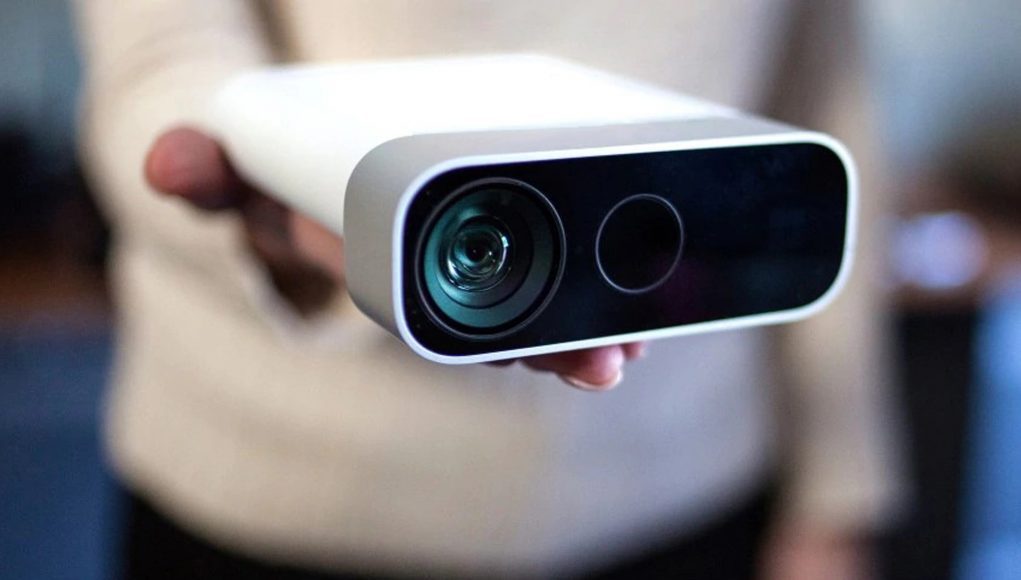The technology behind Microsoft’s enterprise-focused computer vision camera, the Azure Kinect developer kit, will soon find its way into commercial products.
Microsoft is collaborating with two companies, Analog Devices and SICK AG, to create commercial devices using Azure Kinect’s 3D Time of Flight (ToF) depth technology.
Launched in July 2019, Azure Kinect developer kit includes a 1MP ToF depth camera, seven-microphone array, 12MP RGB camera, and IMU. The unit, which is priced at $400, is only available for purchase in the US, China, the UK, Germany, and Japan.

Microsoft says both companies will manufacture and sell the products, with Analog Devices taking the depth sensor silicon and a commercial depth camera module and aiming it at “consumer electronics, automotive cabins and industrial logistic use-cases,” the company says in a press statement.
SICK AG, a manufacturer of intelligent sensors and sensor solutions for industry, will put Microsoft’s ToF technology into its Visionary-T camera product line, which are targeted at applications such as intralogistics, robotics, or industrial vehicles.
“We are excited about the momentum we are seeing in mixed reality and the strong ROI that our customers are achieving with HoloLens 2 and our Azure mixed reality services,” Microsoft says. “Today’s announcements will help to scale the breadth and impact of our mixed reality platform, which continues to increase the productivity of the firstline work force and transform how we live, work and play.”
Microsoft has also recently expanded HoloLens 2’s availability to Italy, Netherlands, Switzerland, Spain, Austria, Sweden, Finland, Norway, Denmark, Belgium, Portugal, Poland, Singapore, South Korea, Hong Kong, and Taiwan.







